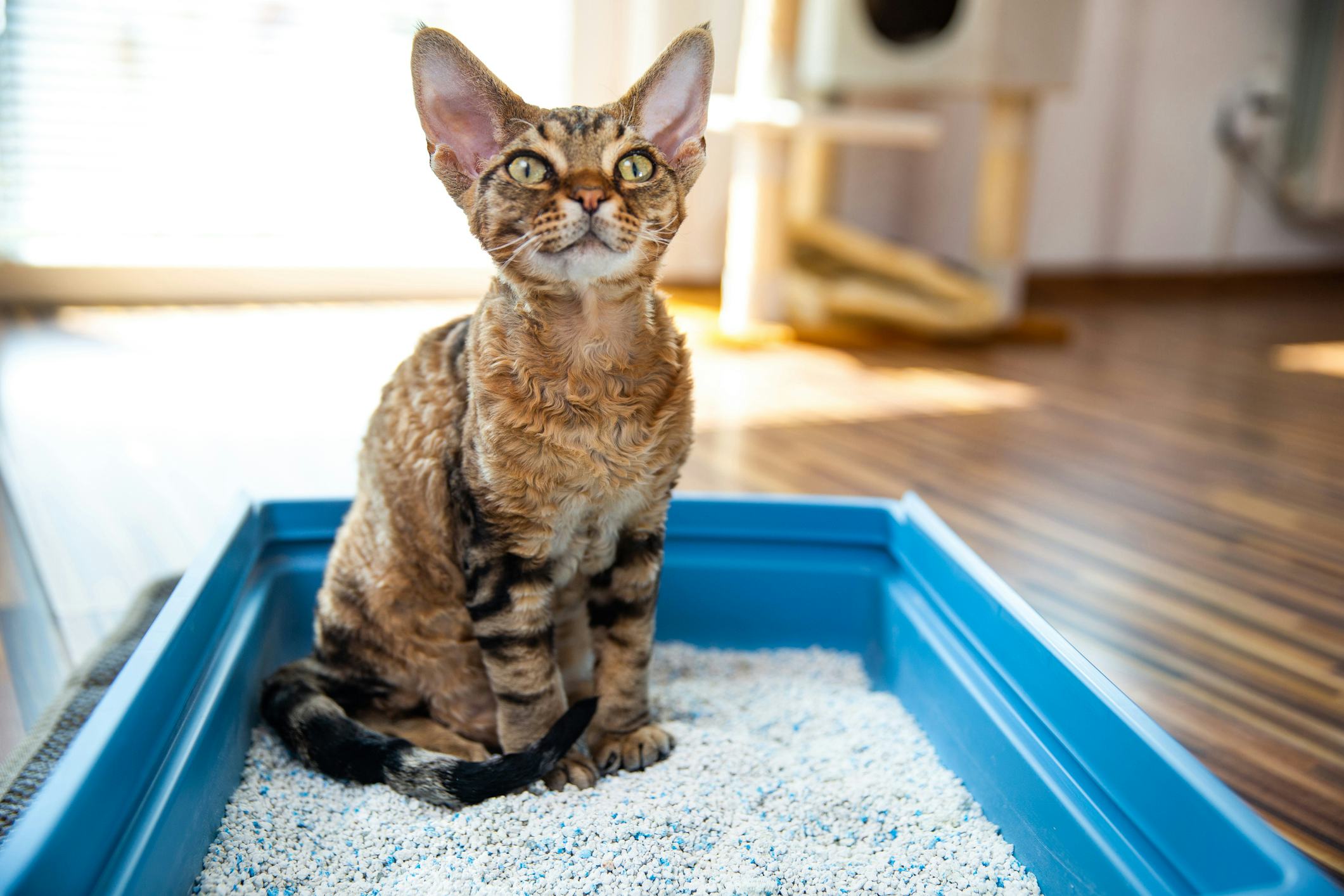Avoid Clogs and Damage: Never Flush Cat Poop Down Your Toilet - Professional Insights
Avoid Clogs and Damage: Never Flush Cat Poop Down Your Toilet - Professional Insights
Blog Article
Just about everyone maintains their own unique piece of advice involving How to Dispose of Cat Poop and Litter Without Plastic Bags.

Intro
As pet cat owners, it's important to be mindful of how we take care of our feline friends' waste. While it may appear hassle-free to purge feline poop down the toilet, this technique can have damaging effects for both the environment and human wellness.
Alternatives to Flushing
Fortunately, there are safer and more accountable means to take care of pet cat poop. Consider the adhering to choices:
1. Scoop and Dispose in Trash
The most usual technique of disposing of cat poop is to scoop it right into an eco-friendly bag and throw it in the trash. Be sure to utilize a dedicated trash inside story and take care of the waste quickly.
2. Use Biodegradable Litter
Choose biodegradable feline litter made from products such as corn or wheat. These clutters are environmentally friendly and can be securely taken care of in the garbage.
3. Bury in the Yard
If you have a yard, take into consideration hiding cat waste in a marked area away from vegetable yards and water sources. Be sure to dig deep sufficient to stop contamination of groundwater.
4. Mount a Pet Waste Disposal System
Purchase an animal garbage disposal system specifically designed for feline waste. These systems make use of enzymes to break down the waste, reducing smell and ecological effect.
Wellness Risks
In addition to ecological issues, purging feline waste can additionally posture health threats to humans. Cat feces may consist of Toxoplasma gondii, a bloodsucker that can cause toxoplasmosis-- a possibly severe ailment, specifically for expectant women and people with weakened immune systems.
Ecological Impact
Purging pet cat poop presents hazardous pathogens and parasites right into the water system, posturing a considerable threat to marine ecological communities. These pollutants can adversely impact marine life and compromise water quality.
Conclusion
Responsible animal ownership expands beyond providing food and shelter-- it additionally involves appropriate waste management. By avoiding purging feline poop down the toilet and choosing different disposal methods, we can minimize our environmental footprint and shield human wellness.
CAN I FLUSH MY CAT'S POOP DOWN THE TOILET?
Always avoid flushing cat poop down the drain because not only could it potentially contain harmful parasites called toxoplasmosis, the litter could sit in your line and lead to a clog.
Plenty of waste gets flushed down your toilet every day, so what harm could a little cat poop and cat litter do? The answer is a lot, which is why you never want to send it down your drains.
Can I Flush My Cat's Poop Down The Toilet?One of the biggest problems with flushing your cat’s presents is the harmful parasites in your feline’s stool called toxoplasmosis. Extremely dangerous for humans, especially pregnant women and people who are immunocompromised, these parasites can cause a multitude of problems for unborn babies and even cause death or miscarriage if the infection happens early. That’s why you should always avoid touching cat poop. Also, water systems are not equipped to handle toxoplasmosis and are unable to destroy the parasite before it’s sent back into the environment, potentially jeopardizing the health of local area wildlife, specifically marine life.
Flushing cat poop could also lead to a future drain clog. Try as you may to eliminate any litter from it, there will always still be some stuck on there – and even if it says flushable on the label, it’s not! Cat litter is made up of bentonite clay, which has the tendency to harden when wet, creating a thick, almost cement-like quality. Cat litter that ends up down the drain can expand from the moisture in the pipes and then harden, blocking any wastewater. If you have a septic tank or a cesspool, it cannot handle cat litter either, no matter what kind. If it solidifies in the tank, in any of the system’s major parts like the inlet baffle, it’ll create some expensive problems.
The best way to dispose of cat poop safely is to scoop it into a bag and throw it into the trash – and ways of dealing with the smell include adding baking soda and replacing the box more.
Now that we’ve explained the potential harm that flushing cat poop can cause to you and your drains, you might be wondering the best way of dealing with it. Unfortunately, it’s the old-fashioned way of scooping it into a bag and then placing it into a trash can. They also make pet-proof trash cans that lock in the smell, so that you don’t have to always immediately take it out. If you’re tired of smelling the litter box after even just one use from your feline, there’s things you can do to help combat that smell. Adding baking soda to the litter will reduce smells, but just don’t add too much or your cat will no longer want to use the box. You could also replace the box more frequently, at least once a year, as those smells can just seep inside the scratch marks. Lastly, try changing to a new litter formula – some are better with smells than others.

Hopefully you liked our excerpt on Don’t flush cat feces down the toilet. Thanks a lot for taking a few minutes to read through our piece of content. Are you aware of somebody else who is intrigued by the niche? Do not hesitate to share it. Thanks a lot for going through it.
Call Today Report this page